Pet Safety Tips at Home
2020 has been a strange year, but one of the great things to come out of it is that pet adoption and fostering has sharply increased. More people than ever are seeking the comfort of pets as they shelter in place and deal with COVID restrictions.
While this is a great thing, it’s important to remember that pet owners need to take certain precautions to keep their pets safe, but also to keep their homes safe from their pets. So here are a few pet safety tips and suggestions to keep both your furry friends and your home safe.
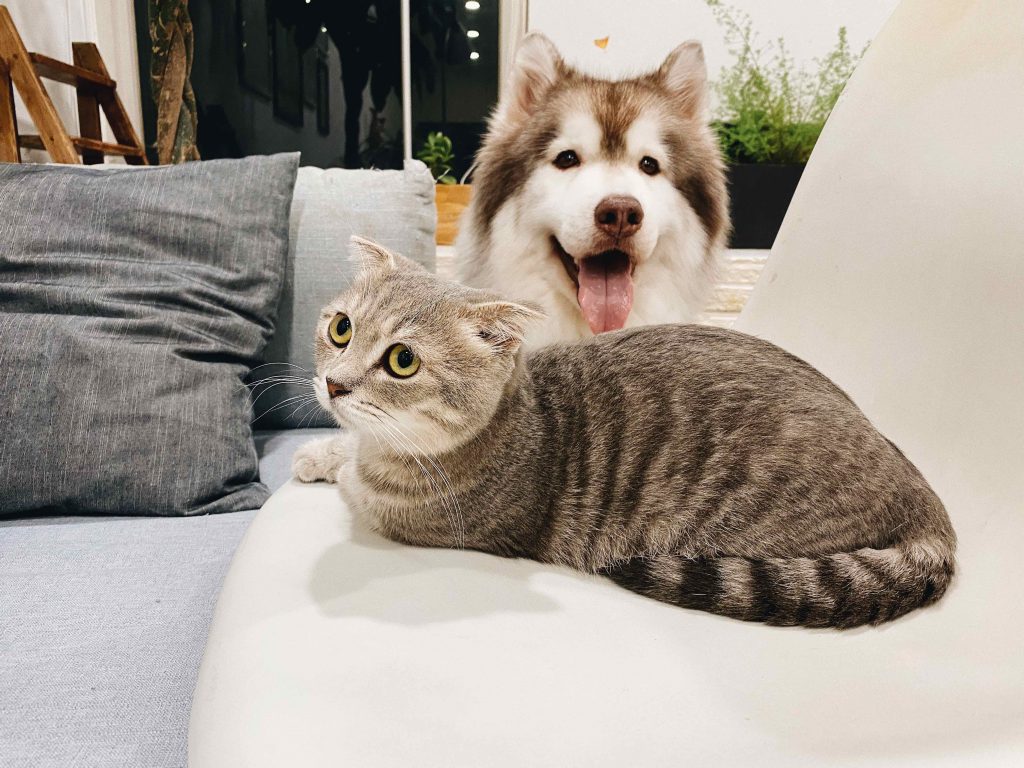
Preventing Fires
According to Kidde, close to 1000 fires each year are started by family pets. This is a frightening statistic, but by taking a few simple precautions you can keep your home and your pets safe.
- Keep cords out of sight so that pets don’t trip over them and cause damage or start a fire. Some pets can also be tempted to chew cords so remove temptation by keeping them where pets can’t get them.
- Train dogs and cats not to jump or walk on the counters. This can easily translate to the stove and they could either get burned or hit the knobs with their paws and start a fire.
- Do not leave open flames anywhere that pets may access them. Lit candles should not be placed on coffee tables for example, if there’s a pet in the house that could knock them over.
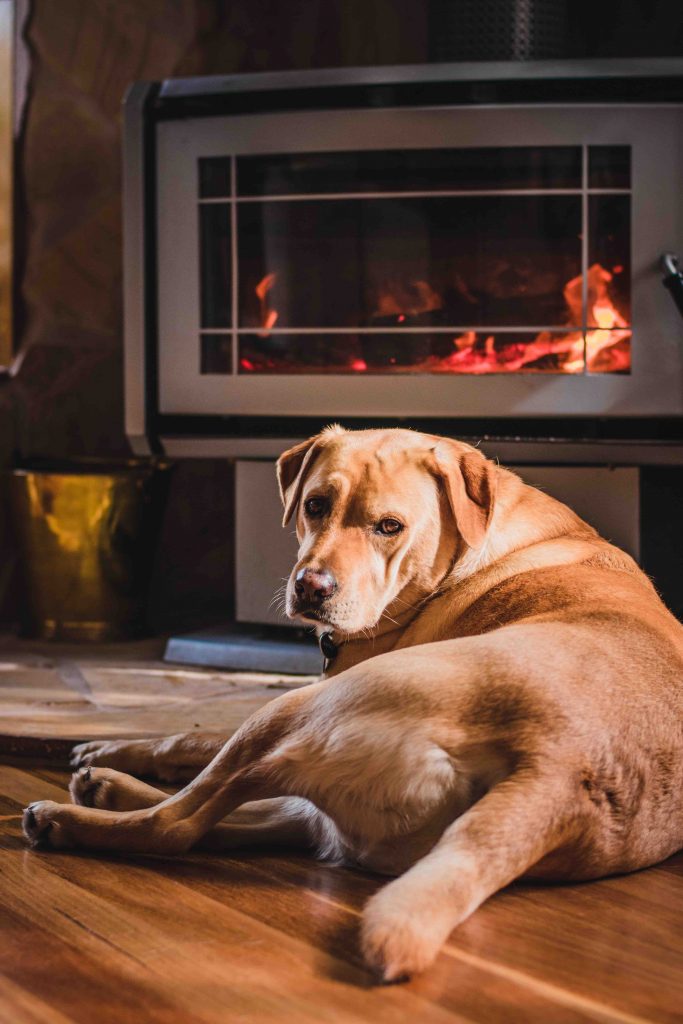
In Case of Fire
Since fires can still happen, you want to be prepared. Here are some important pet safety tips to help you get out quickly with your pet in the event of an emergency.
- Pets should always be included in a family’s evacuation plan. Stay aware of their typical hiding spots and where they often nap in case you must evacuate quickly, and assign a family member to account for each pet.
- Always keep leashes and any emergency supplies you might need for your pet near the door so that you can easily grab them on your way out during an emergency.
- Practice escape routes with your pet. Dogs especially can be trained to follow certain paths in the event of an emergency.
- Work with your pets to minimize any reactions they may have to smoke alarms. The sounds can be frightening to them and they may get anxious and try to hide. Kidde recommends working with a professional trainer to help them learn how to respond to alarms.
- Never lock pets in a room or crate far from the entrance of your home when you leave the house. In the event of a fire, crews might have a harder time finding them and getting to them.
- Save contact information for your veterinarian in a place where you and other family members can easily access it.
- Be sure your pet’s microchip information is current in case you become separated in an emergency.
- In an emergency, first responders need to be able to quickly assess the number of pets in a home. Consider attaching a non-adhesive decal to a window near your front door to let rescuers know how many animals are inside.
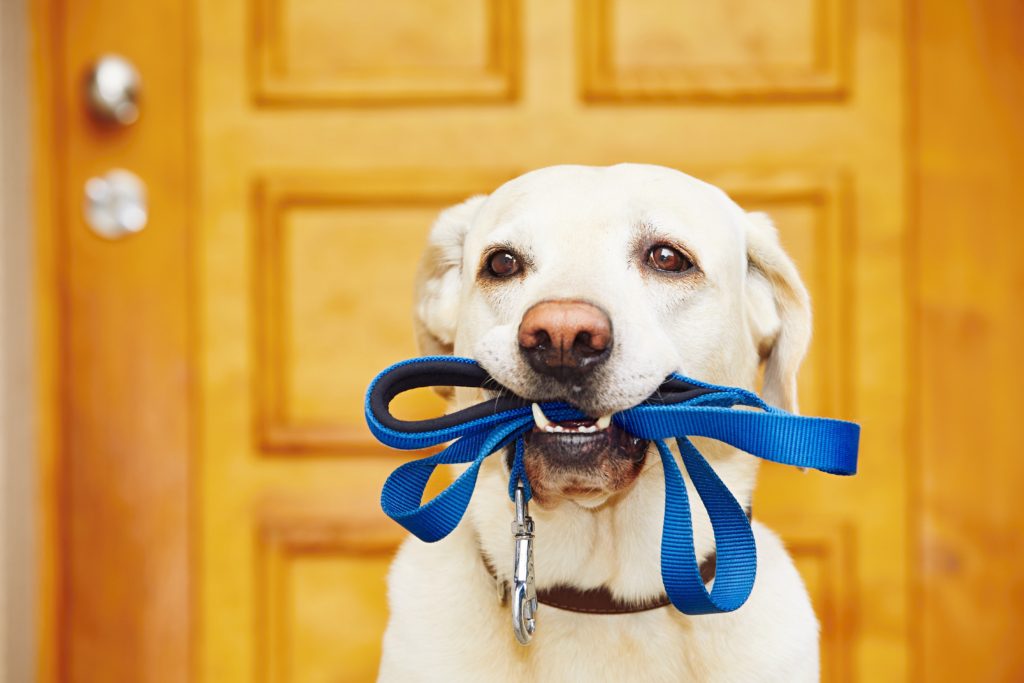
Pet and Carbon Monoxide
Just like any other member of the family, pets can be susceptible to carbon monoxide poisoning. In fact, they may be more so due to their smaller size and the fact that they take in more breaths per minute than humans.
A recent study showed that over 50% of pet owners would not recognize the signs of carbon monoxide poisoning in their pets. So get to know them! They include:
- Nausea
- Dizziness
- Vomiting
- Difficulty breathing
- Sleepiness or lethargy
- Uncoordinated movement
- Disturbances in gait
- Seizures
- Coughing
- Deafness
- Blindness
- Coma
Prevention is key when it comes to CO safety. CO alarms should be replaced every 7-10 years depending on the model, and at least one should be installed on every level of your home. Also, make sure to test them weekly by pushing the button as you walk by.
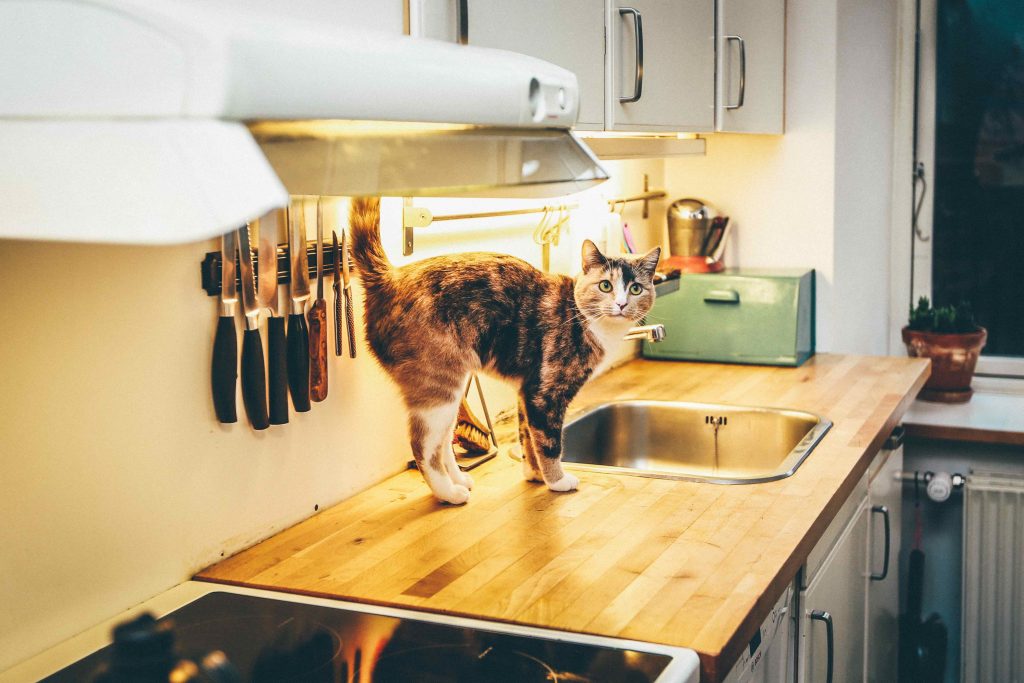
General Fire Safety Tips
Smoke and carbon monoxide alarms must be replaced after 10 years. In addition to testing alarms once each week, check the manufactured date on your smoke and carbon monoxide alarms to make sure they’re current. If they’re older than 10 years of age, it’s time to replace them.
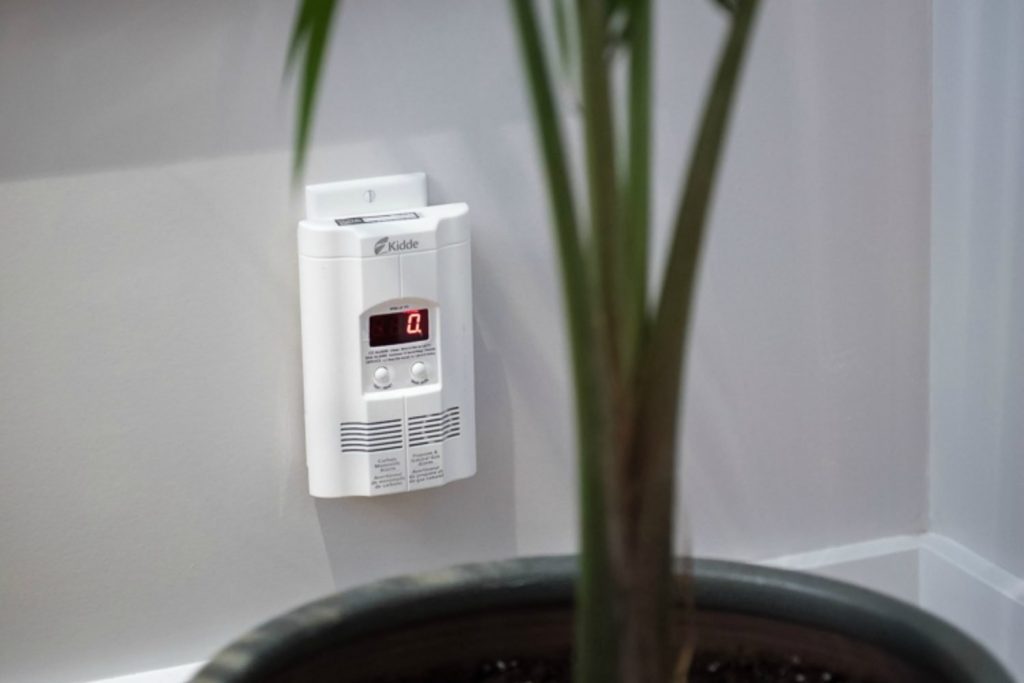
For more information on fire safety, including more pet safety tips, please visit Kidde.com.
Photos courtesy of Unsplash and McGillivray Group

Comments